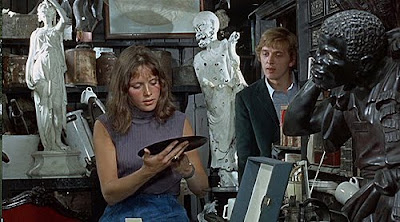

He smiled, eyes sliding out of focus. "I was dreaming…" "Dreaming what?" "I don't remember… we were singing. In the rain…
D. O. M.
SEDENTE BENEDICTO XIII
PONT. MAX.
L U D O V I C O X V
IN GALLIIS REGNANTE
EIVSQ. APVD SANCTAM SEDEM
NEGOTIIS PRÆPOSITO
MELCHIORE S. R. ECCLESIÆ
CARDINALI DE POLIGNAC
ARCHIEPISCOPO AVSCITANO
AD SACRÆ ÆDIS ALMÆQVE VRBIS
O R N A M E N T V M
AC CIVIVM COMMODVM
MARMOREA SCALA
DIGNO TANTIS AVSPICIIS OPERE
ABSOLVTA
ANNO DOMINI MDCCXXV


Camberwell became a Poor Law Parish on 28 October 1835, overseen by an elected Board of Guardians. In 1878 the Camberwell Board of Guardians constructed a new workhouse on Gordon Road. It was intended to house 743 able bodied inmates. Males chopped wood or broke stones; while females were employed in laundry work.
In 1930 the Gordon Road Workhouse was taken over by the London County Council and became the Camberwell Reception Centre for homeless men. The building has now been converted to flats.
1 The Alcohol Impact Project, Institute of Psychiatry, Maudsley Hospital, London, S.E.5
1. The history of Reception Centres is briefly reviewed. A 100-item structured questionnaire was administered to 279 men entering the Camberwell Reception Centre, London, on the night in April 1965.
2. Demographic data are presented, information on incidences of some physical illnesses, on mental hospital admissions, and on criminal involvement.
3. Aspects of drinking behaviour are examined: about 25 per cent. of men are chemically dependent on alcohol.
4. A correlation analysis shows the considerable interrelatedness of different symptoms of pathological drinking, explores the relation of demographic and social facts, etc., to drink being a problem, and to some extent differentiates London-born from non-London-born and early from late comers to the Reception Centre.
5. The heterogeneity of the Centre's population is noted and an attempt made to delineate subgroups. Future planning should be for smaller hostels in which the special requirements of particular subgroups can be met. A Hostel Service is needed.
Submitted on August 18, 1967





“Bobby, do you know what a metaphor is?”
“A component, like a capacitor?”